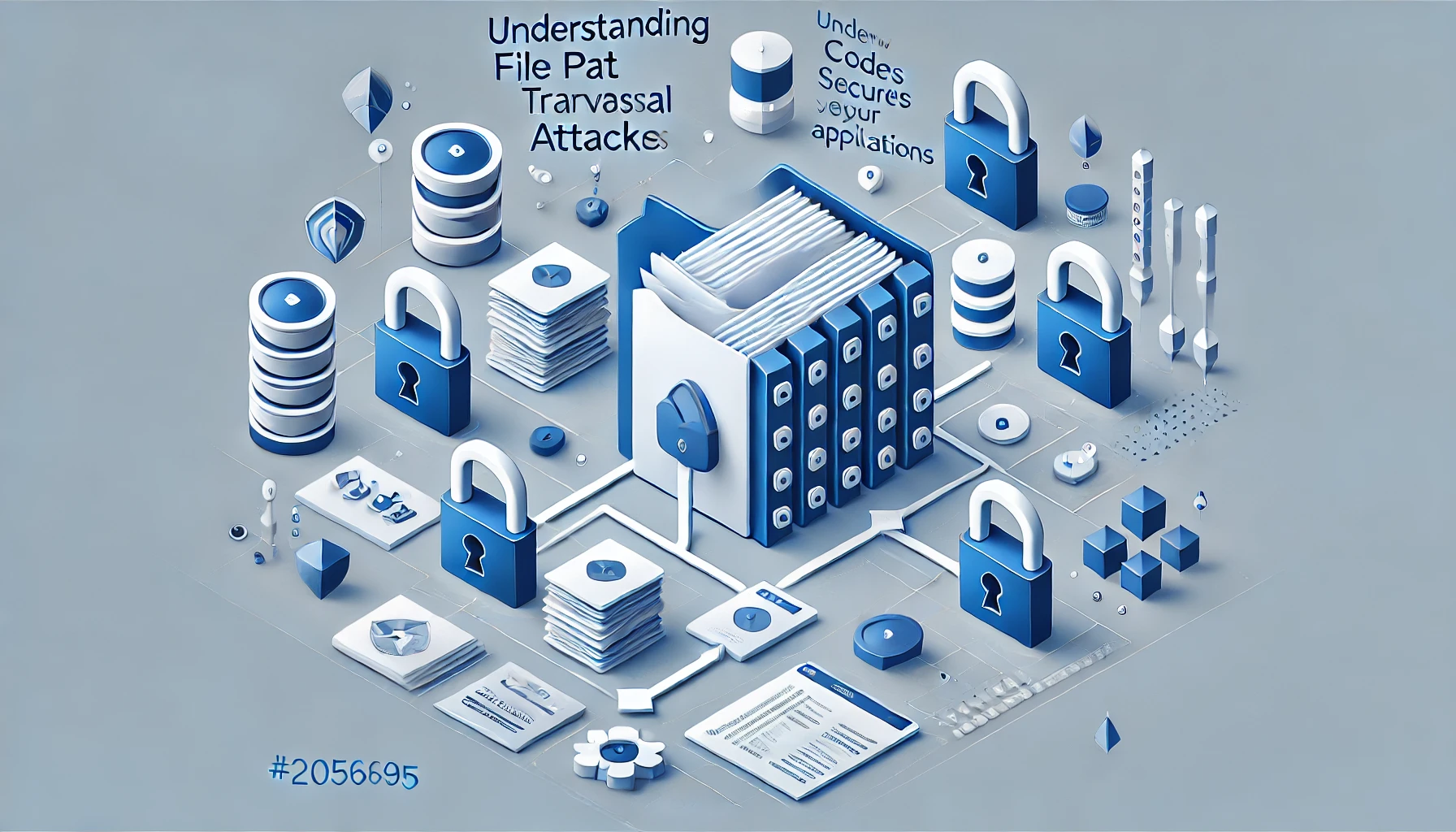
Understanding File Path Traversal Attacks and How Codesealer Secures Your Applications
Executive summary
File Path Traversal is a critical web application vulnerability that allows attackers to access sensitive files or directories by exploiting improperly sanitized user inputs. This blog explains the technical details of file path traversal attacks, their impact, and mitigation strategies. It also highlights how Codesealer, with its advanced security features, effectively safeguards applications against these attacks. Learn how Codesealer ensures robust protection, even against evolving threats, and secures your sensitive data and application logic.
File Path Traversal, also known as directory traversal, is a common vulnerability in web applications that allows attackers to manipulate file paths to access unauthorized files or directories on the server. This blog delves into the technical aspects of file path traversal and explores how a robust security solution like Codesealer can mitigate these attacks effectively.
What is File Path Traversal?
File Path Traversal occurs when a web application fails to sanitize user input and allows attackers to access unintended files or directories. This vulnerability often arises in applications that use user-supplied input to construct file paths, such as:
- Loading user-specific files (e.g., images, configuration files)
- Accessing application resources (e.g., templates, logs)
Example of File Path Traversal
Consider the following PHP code snippet:
<?php
$file = $_GET['file'];
include("/var/www/html/files/" . $file);
?>
If a user requests http://example.com/index.php?file=../../etc/passwd, the application might resolve the path to /etc/passwd, exposing sensitive system files.
Why Is This Dangerous?
Attackers can exploit file path traversal vulnerabilities to:
- Access sensitive files: Retrieve configuration files, passwords, or other sensitive data.
- Execute malicious files: Include files with harmful code that execute on the server.
- Compromise system integrity: Escalate privileges or gain unauthorized access.
Technical Explanation of File Path Traversal Exploits
File path traversal attacks exploit improper handling of special characters like ../ or null bytes (%00) in user input. When the server concatenates user input with a file path, these characters manipulate the directory structure.
How It Works
- Path Manipulation: Using
../to traverse directories. - Null Byte Injection: Appending
%00to bypass extensions (in older systems). - URL Encoding: Encoding traversal sequences (e.g.,
%2e%2e%2ffor../).
For example, an attacker might encode the payload as:
../../../../etc/passwd
After decoding, this payload traverses directories to access the target file.
Common Mitigation Techniques
- Input Validation: Sanitizing and validating user input.
- Path Normalization: Resolving paths to their canonical form.
- Access Controls: Restricting access to sensitive files.
However, these measures alone can be bypassed if not implemented rigorously, leading to the need for advanced security solutions.
How Codesealer Combats File Path Traversal
Codesealer is a state-of-the-art security solution that protects web applications against advanced threats, including file path traversal. Here’s how Codesealer secures your application:
1. Dynamic Obfuscation of Application Logic
Codesealer dynamically obfuscates sensitive parts of the web application’s logic, making it difficult for attackers to understand or manipulate the application behavior. This ensures that file paths or input parameters are not easily predictable.
2. Real-Time Monitoring and Threat Detection
CodeSealer employs real-time threat monitoring to detect and block malicious patterns associated with file path traversal. For instance, it can identify attempts to use encoded traversal sequences or null bytes in user input.
3. Input Sanitization Enforcement
Even if developers overlook input validation, CodeSealer enforces stringent sanitization of user inputs at runtime. This stops malicious payloads like ../ from being processed by the server.
4. Advanced Access Control Mechanisms
CodeSealer implements advanced access control policies that restrict unauthorized access to sensitive files, even if traversal attempts succeed. For instance, access to configuration files or system directories is automatically blocked.
5. Threat Intelligence and Updates
With continuous updates to its threat intelligence, CodeSealer stays ahead of evolving attack techniques, ensuring that even newly discovered traversal methods are thwarted.
Real-World Impact of CodeSealer Against File Path Traversal
Codesealer’s innovative approach makes secure E2E API Encryption between your web application and backend feasible. Our client-side Bootloader ensures that the E2E tunnel is safely established even in hostile environments, preventing the app code from being manipulated or reverse-engineered. By securing the communication channel from the browser to the backend, we protect the integrity and confidentiality of the data throughout its journey.
Codesealer’s solution involves multiple layers of security. The Bootloader verifies the integrity of the application code before it is executed, ensuring that no unauthorized modifications have been made. Once the application is running, it establishes a secure E2E tunnel that encrypts all data, making it inaccessible to attackers. This approach not only protects against API attacks but also enhances overall security by ensuring that the application code and data remain secure.
Ready to fortify your web applications against API attacks? Contact us today to learn how Codesealer can provide the proactive protection your business needs. Our cutting-edge technology ensures that your APIs remain secure, protecting your business from the ever-evolving threat landscape.
Contact us today to learn how Codesealer can provide the proactive protection your business needs. Our cutting-edge technology ensures that your APIs remain secure, protecting your business from the ever-evolving threat landscape.
